brand•am•bass•a•dors |ˈbránD Àmbàssádőrs |
Noun
Definition from ExpertVoice: “People who have been recruited to represent and talk about a company or organization in a positive way, preferably in front of lots of potential customers (i.e. their friends and family).”
Depending on what your goals are for your brand ambassador team, it’s important to define its role in your business growth.
That said, the more important question is…what characteristics make a successful brand ambassador?
Good news! We’ve got you covered.
Use this guide as your ultimate resource for:
- Selecting members of your brand ambassador team.
- Figuring out which traits to look for when conducting interviews.
- Teaching your team best practices to drive business results.
- Referring back to throughout your brand ambassador marketing journey.
This guide covers 21 key characteristics you’ll want to look for in a brand ambassador.
Let’s dive in.
1. The Right Incentives
You have three choices for how to incentivize your brand ambassador team:
- Monetary
- Non-monetary
- Intrinsic
But which one should you use? (hint: there is a right answer)
But first, let’s break each one down.
1. With monetary incentives, team members will treat advocating for your brand like a standard job: show up on time, and get work done. They’ll be super reliable because they most likely need extra cash.
Of course, you need to have highly reliable team members. But with monetary incentives, one thing that you might be missing is genuine motivation.
According to Motivation Crowding Theory, money tends to “crowd out” people’s willingness to work for something out of sheer passion. Brand ambassadors might not showcase the same level of enthusiasm if you motivate them with a paycheck over a genuine love of your brand.
Bottom line, it turns into a job. And there’s no guarantee that people will be passionate. We see this in professional athletes all the time. They show up, play the game, collect a check and leave…like a 9 to 5.
Unfortunately, money tends to distort motivation and throw an elbow at real passion.
2. With non-monetary incentives, you’ll motivate your team with rewards that aren’t physical money. These could include:
- Free tickets to live shows
- Products or merchandise
- Meet & greets
- Internship/college credit
- Professional development or industry connections
- A community of similarly passionate friends
3. The absolute best way to motivate your team, if you can, is intrinsic incentives. It might seem counterintuitive to say the best way to motivate team members is asking them to work for free. But think about it: when someone falls in love with a brand (especially with music/arts), their relationship goes much deeper than promoting it. In many ways, they align part of their identity with it.
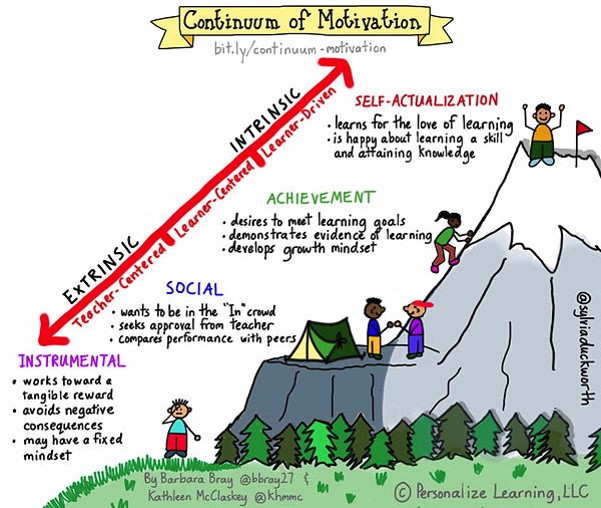
This is the ultimate goal. People who love a brand so much that they’ll become an ambassador for free will do by far the best job. Their emotional investment will far outweigh any money you can throw at them.
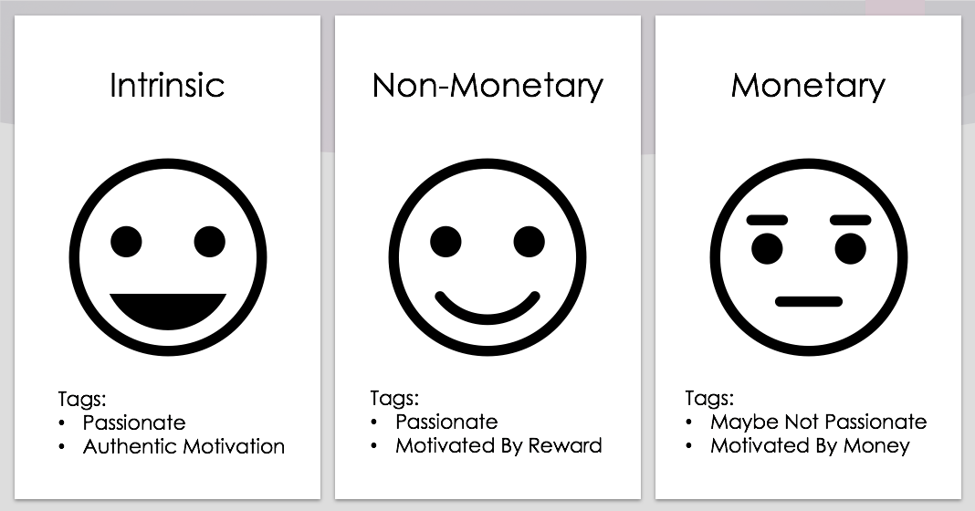
2. They Understand Product Seeding
One of the main jobs for brand ambassador teams is to get as much product as possible into local bars, venues and events.
Like product sampling, product seeding is when you give away products for free in hopes of starting word-of-mouth referrals, gaining feedback or creating brand awareness.
One company that does this very well is GoPro. They regularly have giveaways and sponsor events where brand ambassadors hand out new products for free in hopes of getting that coveted word-of-mouth effect going.
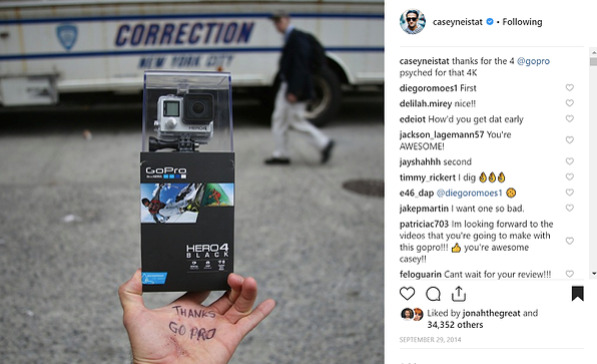
Product seeding can work incredibly well if you’re promoting food products, beer or consumer items that people can cheaply and quickly consume. But this won’t work well for, say, HR software.
Passing out fully packaged products at events might get you social media shares as well.
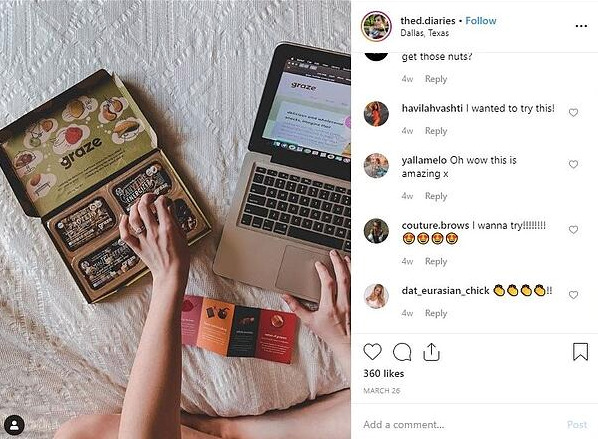
Or if you’re trying to promote a local business, you could set up a booth to let potential customers “try you out.”
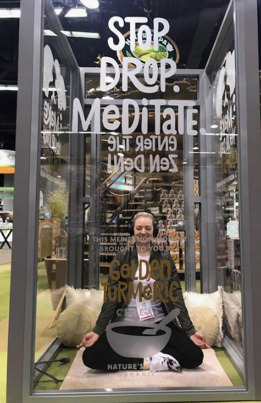
3. They Know How To Create An Experience
Experiences aren’t taken as advertisements. People don’t feel like they’re being persuaded to buy something, unlike a banner ad or pop-up screaming at your while you’re trying to read an article.
The difference is, brand ambassadors actually live your brand. When they use your product or service in a genuine way, people notice. This speaks louder than any online ad ever could.
For example, check out how Zappos brought the power of experience to Austin, Texas by handing out free merchandise straight from their online store in exchange for cupcakes.

Or in another example, where Lean Cuisine set up a pop up booth in Grand Central Station in New York City. They asked hundreds of women what they value about themselves, and to post it on the sign.
This ended up creating a highly emotional and resonant experience with unexpecting people who ended up becoming fans of the brand; all with zero promotion of the actual product.
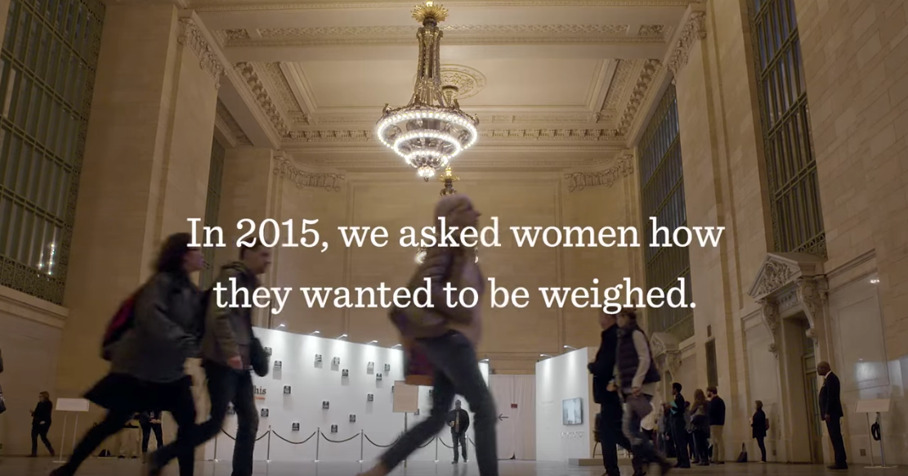
Takeaways for brand ambassadors:
- Don’t interrupt people, especially when you’re trying to grab busy city-goers’ attention. When you create an experience that provides value to people who walk by it, they’re much more likely to appreciate it and participate.
- Nail down the message you want your brand to send out. It doesn’t have to be tied to your product or service, or have to be something your brand has said before. But whatever it is, build an awesome experience around it.
- Understand your target audience’s goals and aspirations. Lean Cuisine did a masterful job at encouraging body positivity and self-love, regardless of physical weight.
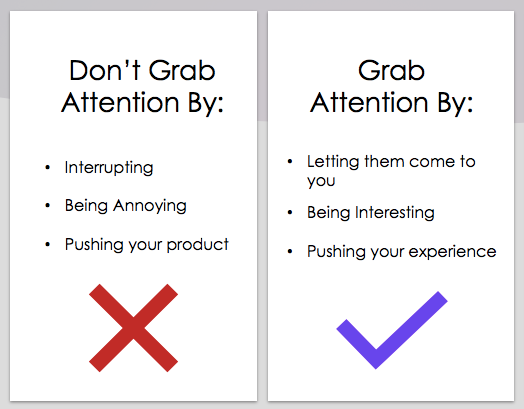
4. They Understand Your Target Audience
If you don’t have your messaging, branding or value proposition hammered down, neither will your brand ambassadors. A lot of brands launch ambassador campaigns before their products start selling, which can be great for pre-launches if they know exactly who their target audience is.
Take American Express for example: the company has long stuck to its target audience of luxury travel. They hire online ambassadors who regularly showcase their luxurious travel experiences on Instagram.
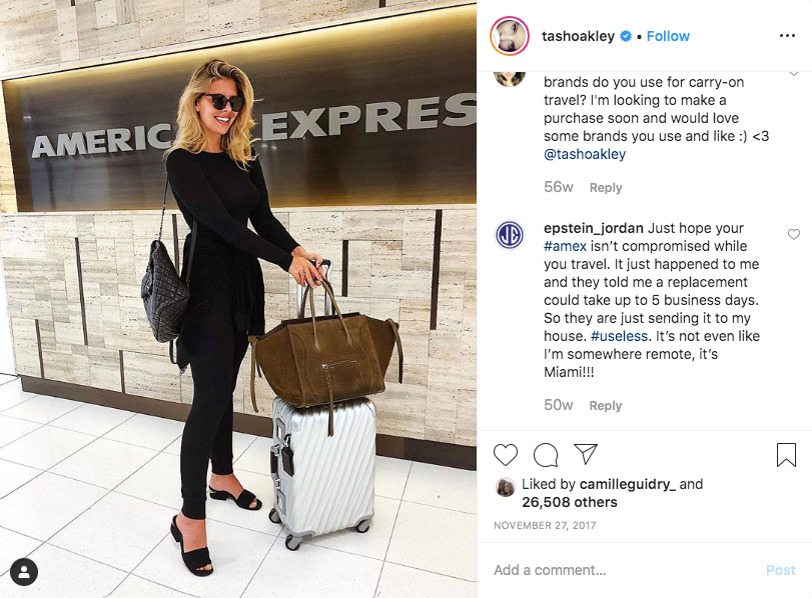
By developing relationships with brand ambassadors in the luxury travel niche, Amex has targeted a widespread, but specific segment of the population who have the highest likelihood of purchasing an Amex card.
5. They Can Make Your Message Stand Out
Think back to the last time you were wowed by a brand experience. Did the experience give you pause, or make you stop and think about something important? Did you feel engaged without feeling interrupted? Were you able to find a helpful next step to learn more or engage further with the brand?
If you answered “yes” to any of these questions, then the people who created the experience probably paid close attention to its structure. And they reaped the benefits.
You, along with many others, are now aware of their brand and potentially interested in future opportunities to engage with them.
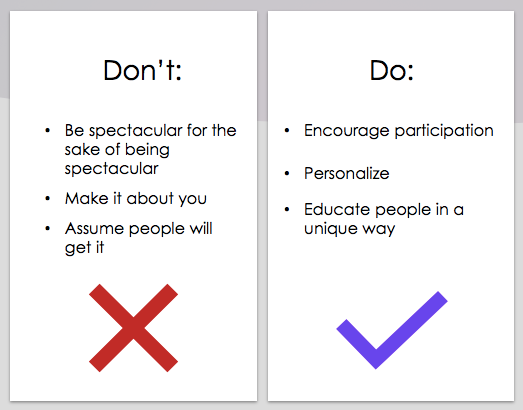
Like this experiential marketing example from the nonprofit Misereor.
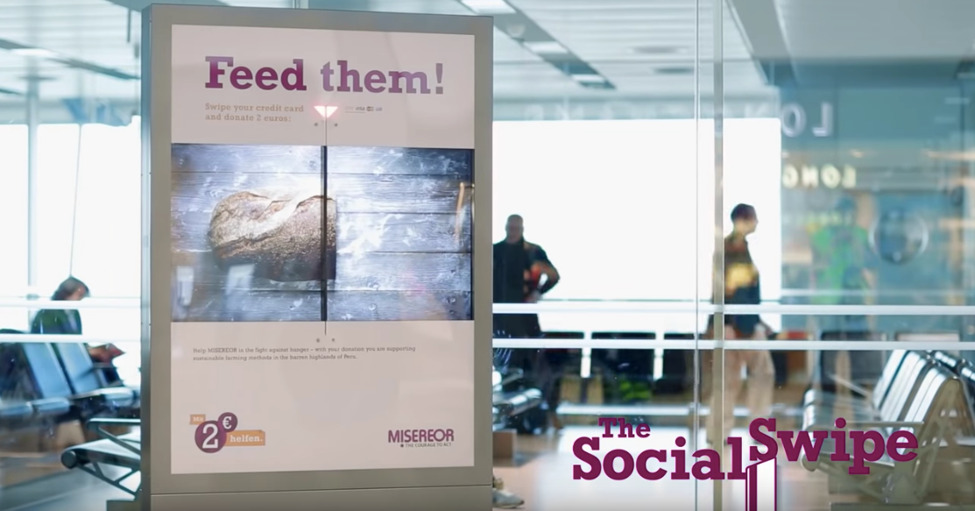
As you can see, their marketers created a visually interactive swipe function for people’s credit cards that shows the end goal of their donation: feeding the hungry.
Takeaways for Brand Ambassadors
- Figure out a way to visually represent the impact people can have if they participate in your experience.
- Show exactly where people’s money is going; like slicing bread for hungry families.
- Work with other brands to create better experiences. For this campaign, Misereor worked with Stripe, a payment technology company, and with financial institutions to automate the sending out of printed receipts to donors addresses.
Another brilliant example of standing out is FacebookIQ. FacebookIQ was built to educate marketers how to use the platform to deliver experiences that matter to people–things that revolve around people’s priorities, not business goals.
Facebook brand ambassadors and employees hold live Q&A sessions to help marketers better use the company’s product suite.
Takeaways for Brand Ambassadors
- Build an experience that focuses on educating people about how they can use your product or service.
- Creatively spell out how using your product can benefit them.
- If you’re data driven (which you should be), use your data to teach people exactly what you mean. 65% of people believe live events help them understand a product better, so it’s a great place to start.
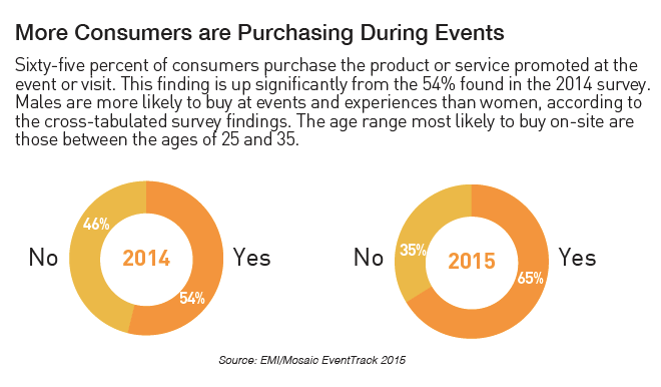
6. Turning Customers Into Fans
Fandom is a huge part of our lives. It’s how leaders, businesses, artists and entrepreneurs bring people together. For brand ambassadors, understanding fandom is foundational for sustained success.
One way fandom happens online is through user-generated content (UGC). UGC is one of the most powerful marketing forces, able to be sparked by online and offline brand ambassadors. 63% of shoppers trust UGC than content posted by the brand itself.
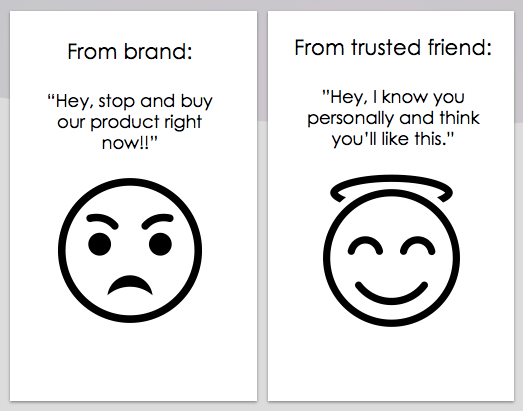
Online brand ambassadors can share content like product videos and images that show potential customers how to use them in real life. Offline brand ambassadors can encourage people to create content promoting events or online communities that they’ll share with their social media followings.
Like this Instagram post for Buffer’s online community:
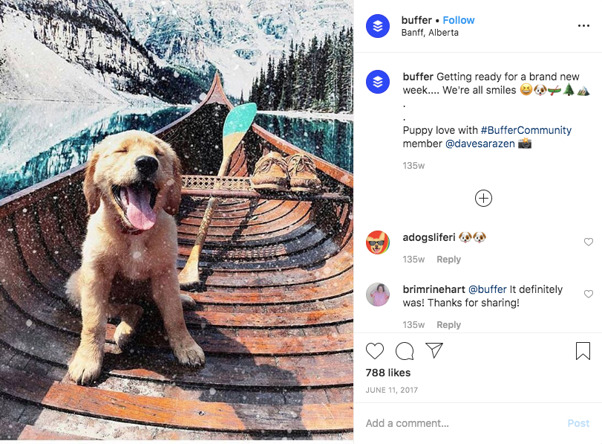
That’s because consumers have become professionals at tuning out the millions of branded messages they get bombarded with every minute of every day. The stark difference between staged ads and surrounding, relevant posts means ads are easily ignored.
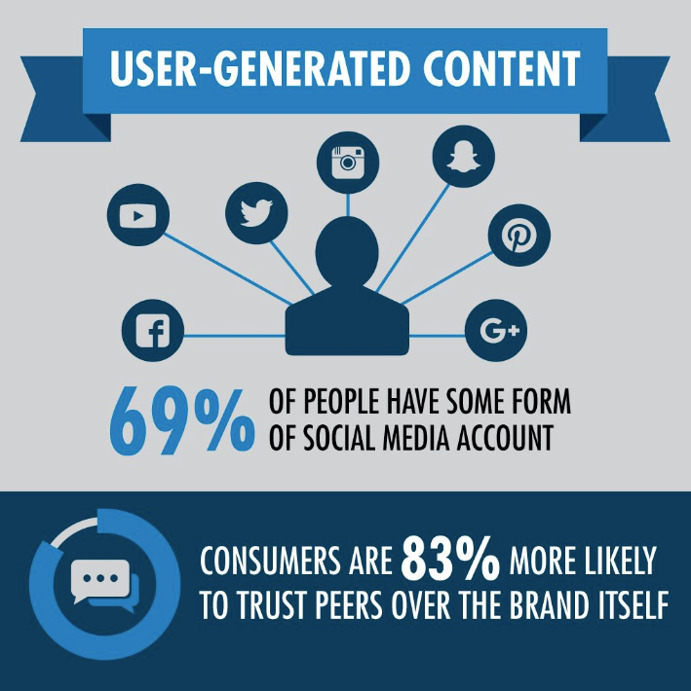
7. Push Content, Not Product
There’s no more room in the world of marketing for interruptive messaging. One of the core tenets of brand ambassadorship is genuine human interaction.
A better way to turn strangers on the street into customers is to bring them to you, instead of fighting for their attention in an ocean of screaming marketers.
Experiential marketing is no different. It’s often best to take a “you’re already there” approach. This means knowing where your audience is already hanging out, and helpfully engaging them there.
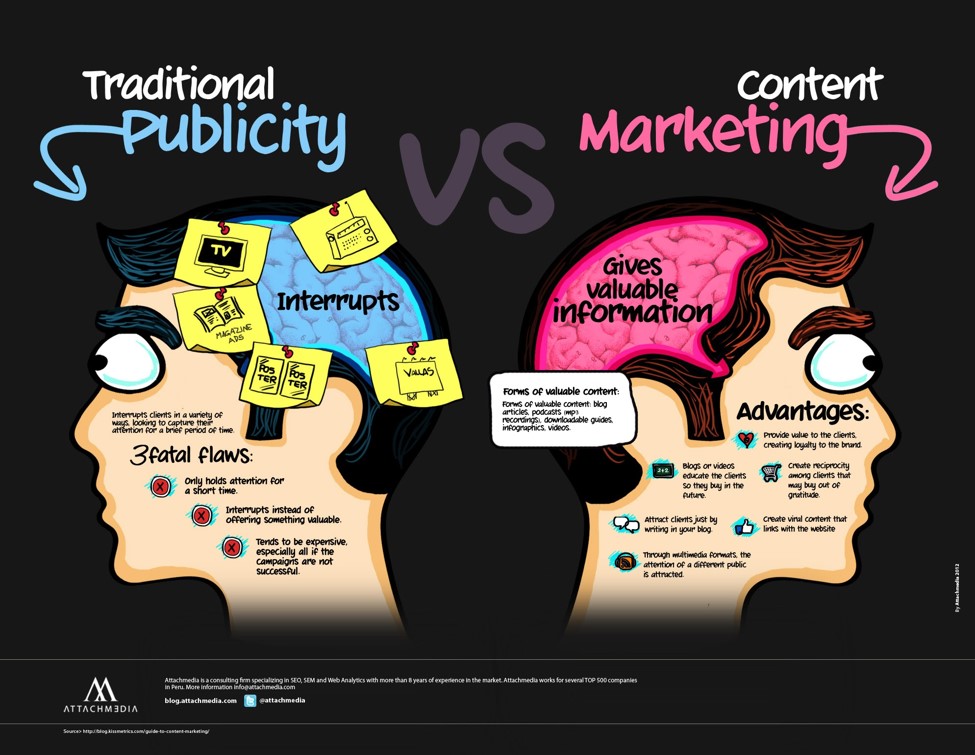
This goes for both B2B and B2C brands. B2B brands can partner with consumer businesses like local restaurants or stores to convert the space to something like “strategic speed dating,” where other businesses can learn about your product or service in a way that’s not a boring presentation in a board room.
Here’s an example of how Progressive Insurance engaged potential customers by creating a pop-up motorcycle shop:
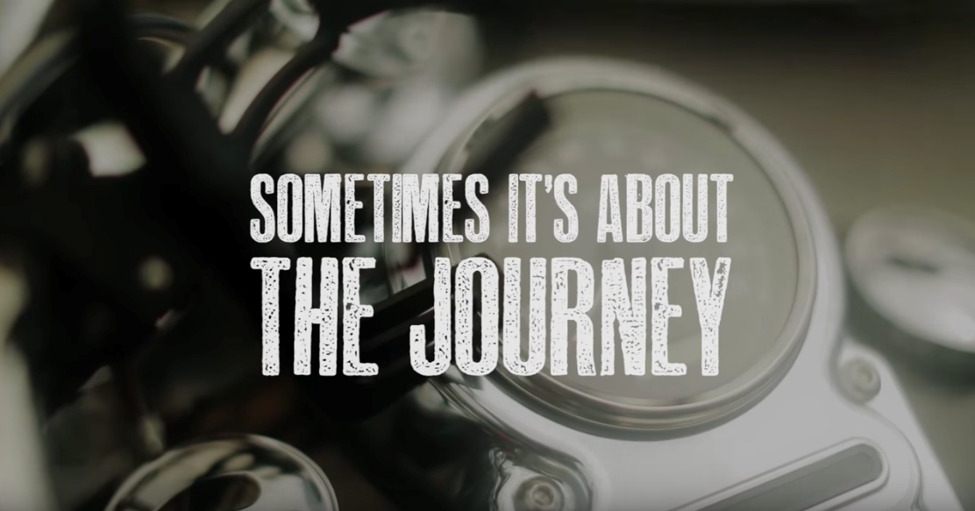
“But I’m not working with a budget of a major Hollywood Studio.”
Yes, this is true for most of us. But that shouldn’t stop you from brainstorming ways to stand out from the crowd and reach people in thoughtful and creative ways. Especially if you know where you’re audience hangs out already.
8. They’re Strategic Marketers
Your ambassadors don’t need a marketing degree, but they should have an understanding of your strategic goals as a brand. The best ambassadors care deeply about authenticity and grasp the role that experiential marketing, social media and digital channels play in driving business growth.
If you can, pick people who understand how to gather and analyze data on the job. This allows the entire organization to learn what’s working and what’s not working in the field.
Bottom line: for the best results, your brand ambassadors must:
- Become experts in your brand and your audience.
- Encourage user-generated content at events.
- Watch and analyze how the audience reacts.
- Evaluate their efforts to inform future decisions.
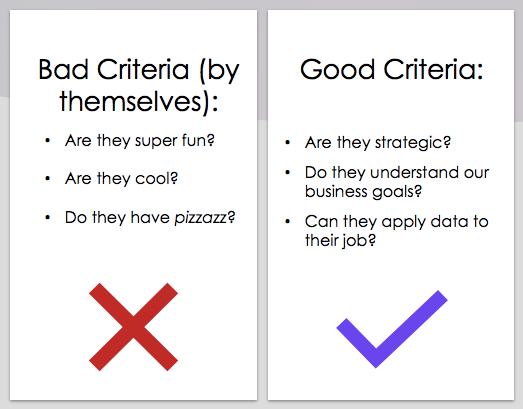
9. Leadership Skills
Brand ambassadors work mostly without supervision. This means to be effective they have to be self-starters who already have the ability to spot good potential customers.
A few things they should already have:
- Poised, confident and exude positivity.
- Like salespeople, they’re alright with rejection.
- Able to speak persuasively.
Once they’ve worked a few shifts they should also be able to guide other brand ambassadors. When choosing brand ambassadors for your team, look out for those who’ve worked in other leadership capacities or positions of authority in the past.
This is a good indication of how they’ll perform in this role.
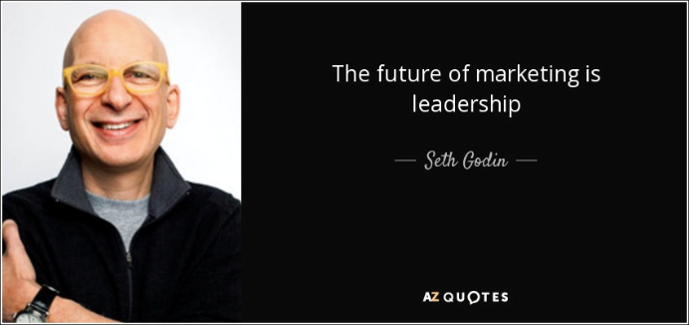
10. Passion For Building Relationships And Communities
Brand ambassadors aren’t door-to-door sales people whose main objective is to make quick, one-time sales.
They’re business advocates who aim to forge long-term relationships based on honesty and trust.
To do this, your brand ambassadors should be:
- Passionate about and intimately familiar with your products or services.
- Skilled at making deep connections with others on your behalf.
11. The Ability to Gather Feedback at Events
Inevitably, brand ambassadors will gather feedback based on their experience with your product or services, as well as their conversations with your customers and competitors. This information can provide critical intelligence that helps you improve your referral marketing program (and, more broadly, your business).
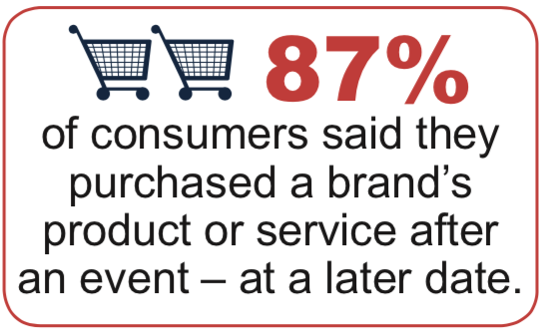
Data collection at events can be tricky if you don’t execute correctly.
When done incorrectly it can backfire and give customers a meh impression of the brand.
It’s important to make sure the physical act of collecting data creates little to no friction for your customers’ experience. If your surveys take too long, people will bounce. Stick to the bear essentials that you’ll be able to consistently execute. This is why it’s so important to have a rock-solid idea of the KPIs you want to measure.
Your data collection strategy should revolve around amazing customer experience. If there are bottlenecks and poor customer experiences, they might not come back.
You can have your brand ambassadors hold fun contests, pass out coupons or free product samples.
12. They Understand Social Reciprocity
This is huge for brand ambassadors.
Event attendees are more willing to fill out a short survey when a person physically hands it to them (rather than a link online). Social psychologists call this the “principle of social reciprocity.”
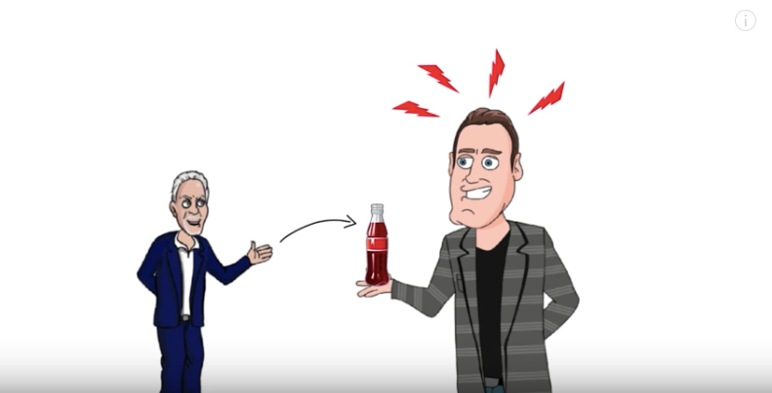
Smart marketers have long been intimately acquainted with this concept.
Using this psychological tendency to your advantage will raise your likelihood of gathering that coveted event data. Just make sure the survey isn’t long. Otherwise you might annoy guests and they’ll leave with a negative impression of your brand.
When you think of it this way, brand ambassadors to act like in-person market researchers.
13. They Apply The Principle Of Proximity
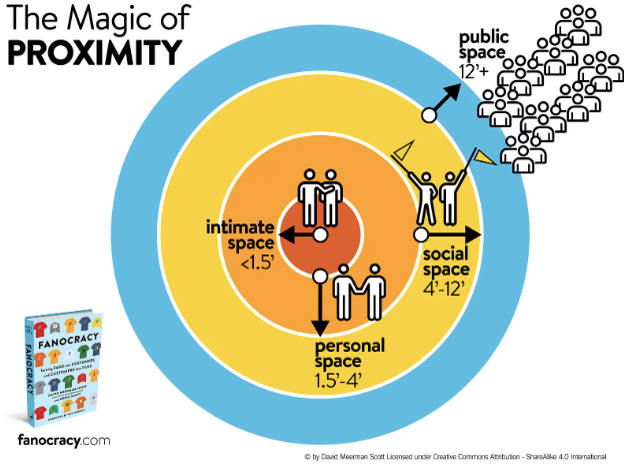
This tactic is a little more advanced, so if you have a brand ambassador who understands proximity, have them teach a class.
For brand ambassadors to be most effective in their in-person communication, they have to know how to consciously manage the physical space between themselves and others.
The principle is this:
The significance of each level of proximity (physical closeness) can be precisely predicted and managed so as to create the most optimal outcomes.
For example, when we’re close to people we don’t know, like on a subway, we’re wary. We can’t help that response. It’s built into all of us. We’re preparing to flee or to fight if presented with any sign of danger.
On the other hand, when we’re in close proximity to people we trust, a personal connection develops. People who are able to cultivate physical closeness with customers by engaging with them face-to-face can create stronger emotional bonds.
14. An Established Online Presence
Your ideal brand ambassadors will have an established social media presence. If they can couple their online channels with in-person referrals, your message becomes more effective–with essentially no effort on your end.
Obviously, they don’t need a million Twitter followers. But they should be actively posting and have a decent following. Their entire job is about reaching people, after all.
15. They Integrate Themselves As A Brand Interaction
The first thing a successful brand ambassador will do is study the ethos and history of your brand. As a result, they’ll be able to reflect the personality of your brand. This is extremely important nuance of being a brand ambassador, because they’ll integrate with your brand and become a huge interaction.
Once they have a lot of knowledge of your brand, they’ll be able to create a more meaningful connection with it. When they’re working trade shows, events or street teaming they’ll be more successful.
16. They Combat The Marketing World’s “Sea of Sameness”
Nearly 3 out of every 4 users (74%) think there are too many ads online. The number grows to 78% for adults 35+ years old.
6 out of 10 people say they only see a few things advertised, over and over again.
It’s a sea of sameness!
And the ads aren’t going anywhere. So say the results of the annual CMO survey that asks marketing leaders about industry trends and performance.
Bottom line, consumers are tired of being targeted by companies on social media. 56 percent of people surveyed admitted to cutting back or quitting social media altogether just to avoid exposure to the high volume of paid advertisements.
This is where brand ambassadors can help you stand out in this sea of sameness. They aren’t ads, they’re humans. And they have a genuine appreciation for your product or service. So this sentiment will come across naturally when they’re sharing it with others.
If your ambassador is being disingenuous or recommending something they don’t believe in, it will be clear. This is especially true with social media brand ambassadors who are communicating with their networks.
17. Professional Speaker
A brand ambassador doesn’t just speak for the brand. He is the voice of the brand itself.
Every word that comes out of your brand ambassador’s mouth will reflect your business. The most successful ones strike a balance between a diplomatic and engaging speaking style.
If your ambassador does this, people will make a connection between his speaking style and the brand’s speaking style.

This might sound extreme, but it holds true. Any moment where the speaker doesn’t introduce or describe the product properly might make customers associate confusion with your brand.
The audience will not just lose their interest, but also subconsciously connect the two.
Remember, no matter how great your product is, if it’s not delivered the right way to the public, it’s useless.
18. Authentic Passion
Like I mentioned before, ideally, your brand ambassador team will be motivated by intrinsic factors.
You ever notice how someone’s face lights up when they talk about something they’re passionate about?
This is how your team members will foster a strong connection between themselves and others. Genuine passion cannot be manufactured. Customers will pick up on it if it isn’t, and it can hurt your brand perception. When people see genuine enthusiasm, they’ll be more likely to try it themselves.
Net: Passion is persuasive.
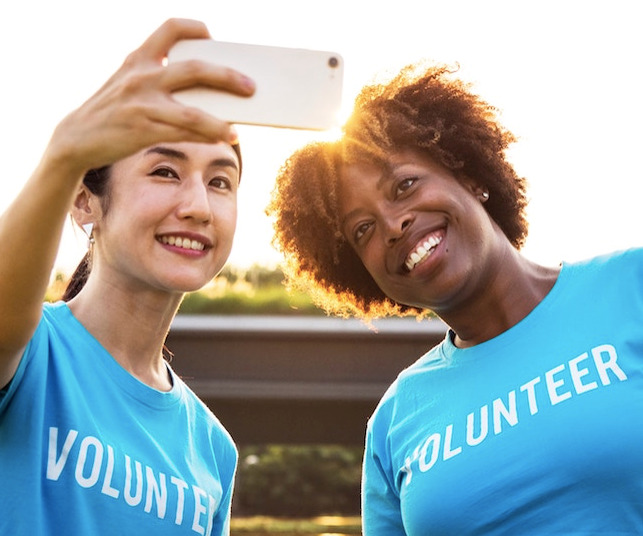
A good idea is to let your brand ambassadors try the product themselves before they promote it.
This way they will know it well and have an established opinion on the product. They will also be better equipped to give nuanced answers for any questions that arise.
19. Credibility
This goes for online and offline brand ambassadors. Building authority and respect within an industry will sustain your business longer than any advertising.
For online, think niche bloggers, social media influencers, and small publishers making recommendations of your brand to their trusted audience.
For offline, think genuine fans of your brand having conversations peers at festivals and events. This is the hard work, because it takes more thought than blasting an advertisement and crossing your fingers.
From Yotpo:

We all know that brands grow with trust. But when you apply that knowledge to your brand ambassador team, your marketing becomes much more effective.
20. Tech-Savvy
Simply posting content on social media isn’t enough.
Your brand ambassadors should understand how to promote their content in the digital world. They should also be able to drive traffic to your website.
They should understand outreach. they should be posting their content to the right niche communities who may be interested in your brand.
The best example for this is the winner of Daytona’s Digital Race, Danica Patrick and Go Daddy. She understands not only how social media works but also its potential in tapping people worldwide. With over 700,000 followers, she generated so much traffic to Go Daddy’s site by updating the fans of the happenings in the racing including behind-the-scene information and insider interviews with Danica. This then makes Danica not only an image to Go Daddy’s business but also an essential key to driving her own fans to her long time sponsor.
21. They Find Satisfaction In Helping Others
The best brand ambassadors are like teachers. They’re energized by helping people make the best decisions and educating them.
Arming your team with as much intimate knowledge about your brand as possible helps them educate your audience in the most effective way.
Like we said, this unique interaction supercharges your marketing results and maximizes your investment in a brand ambassador team.



